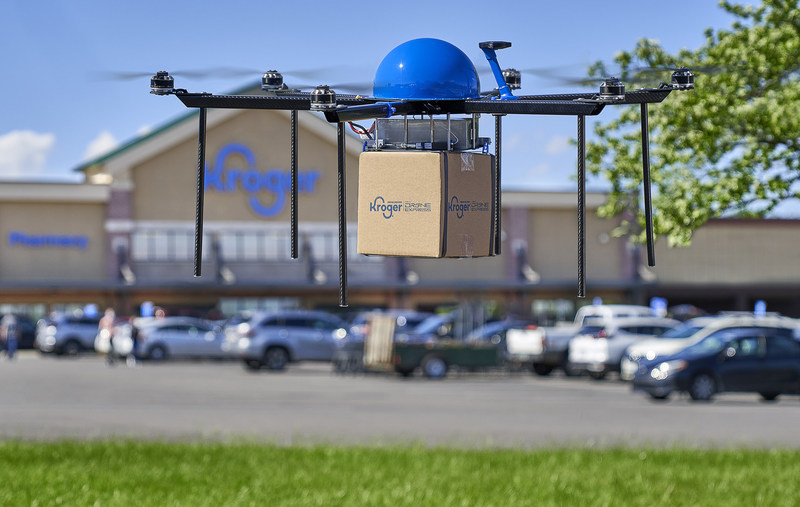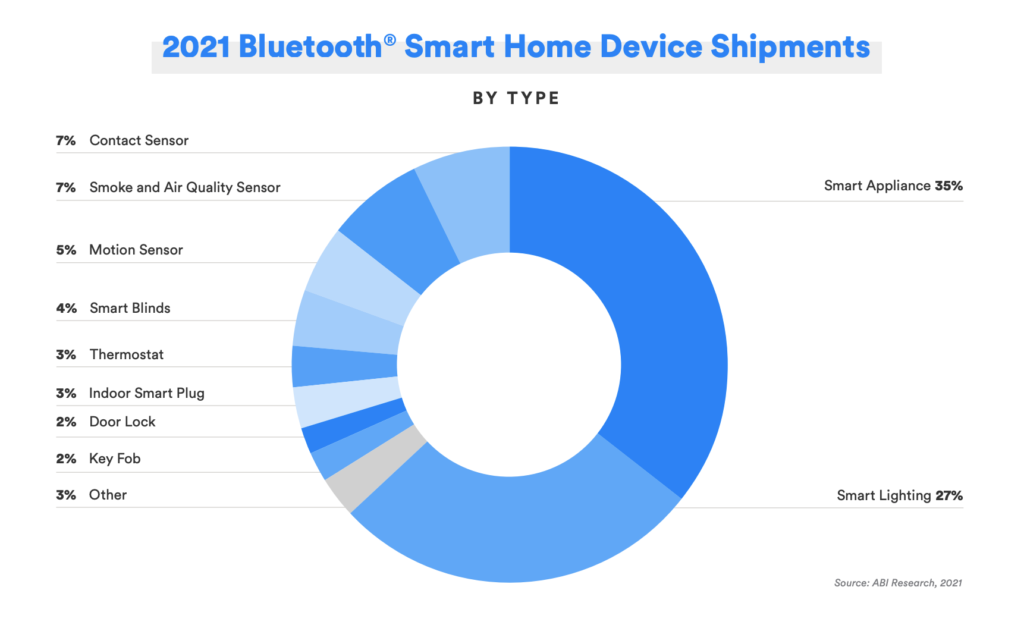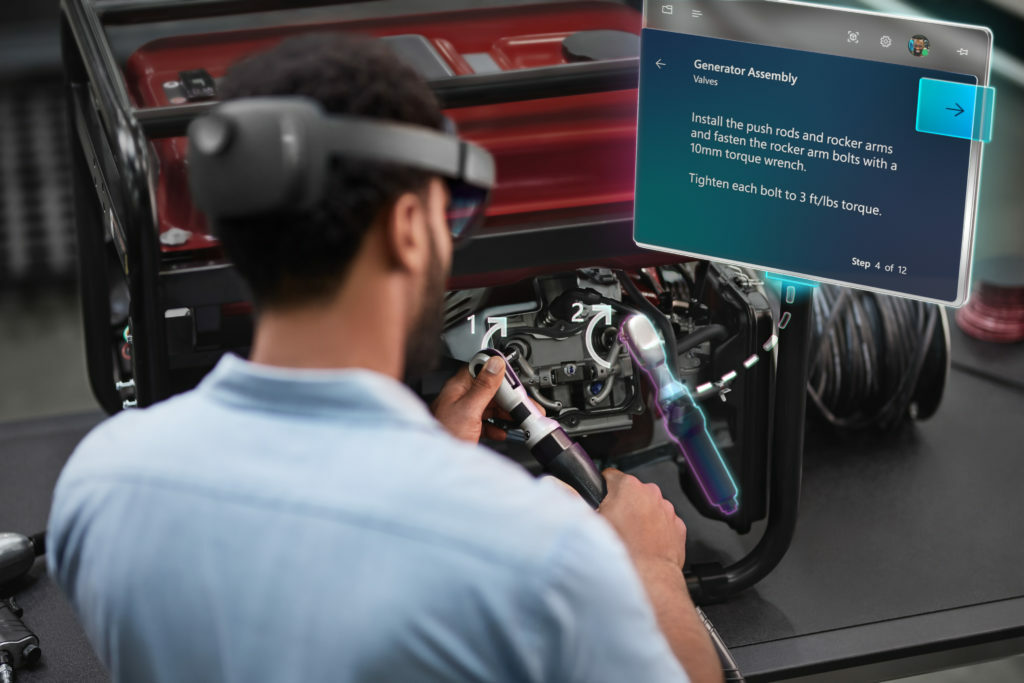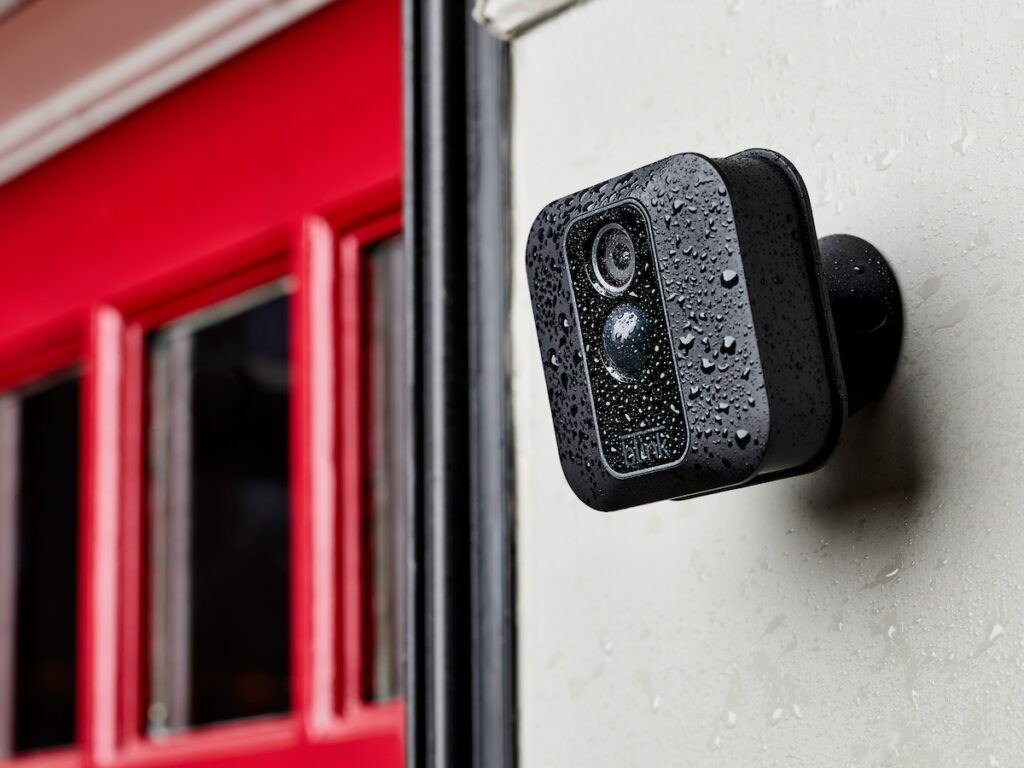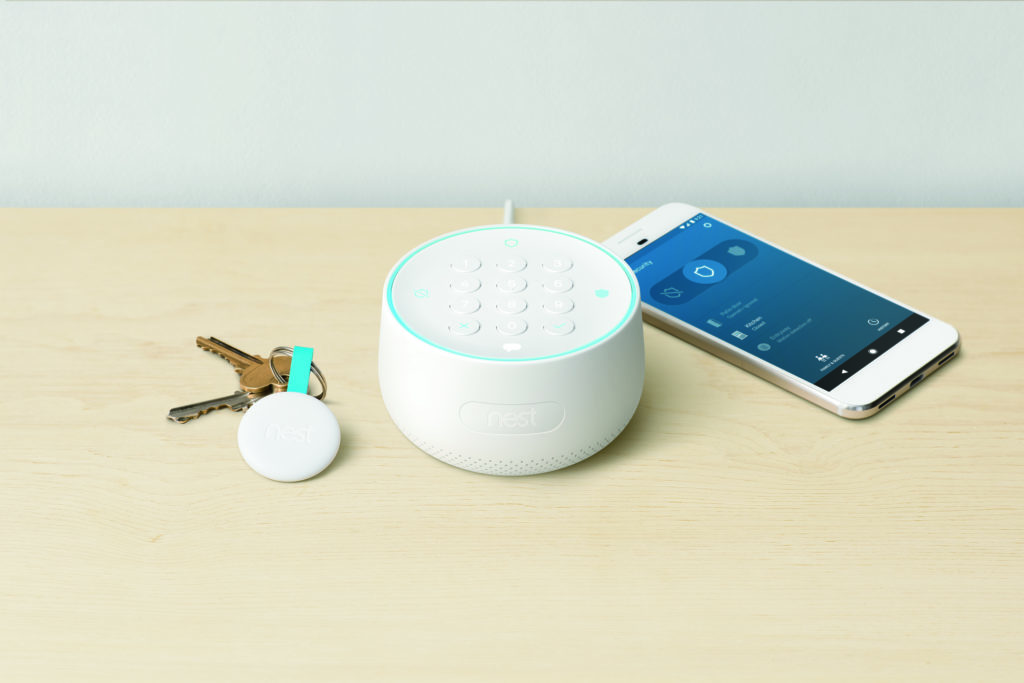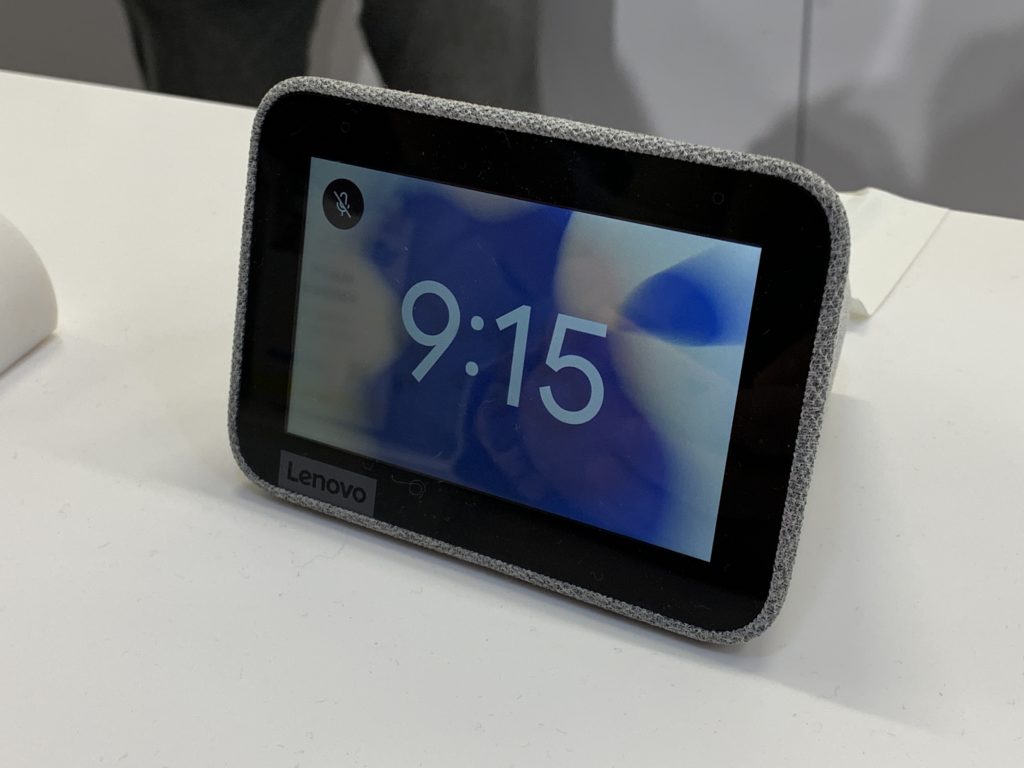It may not surprise anyone, but Kevin and I have thoughts on Apple’s Vision Pro mixed reality headset that we’re sharing with y’all. We also lay out some details about changes to Apple’s various operating systems and services that relate to Siri and the smart home. Google also added Matter support for its Home app on Apple devices, which is another means for chipping away at the challenges of deploying Matter across a variety of ecosystems. As we head into wildfire season, and with Kevin’s home wreathed in smoke, we talk about measuring air quality and addressing poor air quality in your home using connected and unconnected devices. Then we celebrate some recent settlements and fines from the Federal Trade Commission that involve Amazon storing children’s data and Ring compromising users’ privacy when it comes to their face data. Then we speculate on whether Fitbit might release a new sleep-tracking device based on a patent it has filed. Finally, we close by answering a listener question about a smart lock for a HomeKit user with a mobile home.
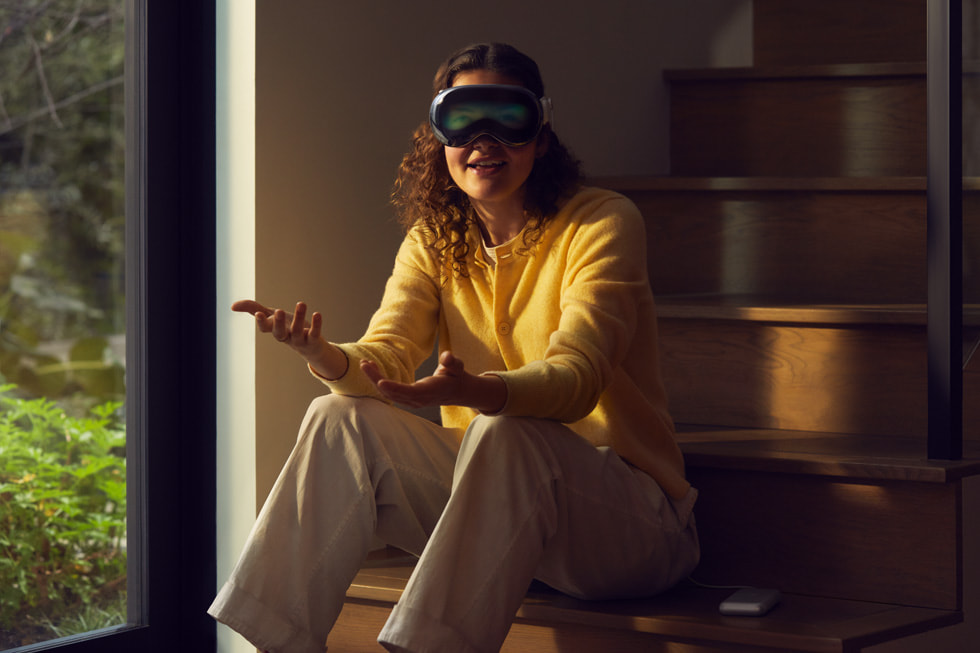
Our guest this week is Micha Anthenor Benoliel, the CEO and co-founder of Nodle, a decentralized wireless network created using Bluetooth. He’s on the show to talk about the newly launched app that will let folks turn any old Android phone into a Nodle hotspot. If you’re wondering about the value of a dedicated device for a short-range Bluetooth hotspot, Benoliel explains why companies or consumers might want to run this network, even if their device isn’t traveling out in the world. We also talk about enterprise customers on the Nodle network and why those customers ditched LPWANs or cellular for BLE. He also talks about the role of cryptocurrency in decentralized wireless and discusses how the crypto winter affected Nodle. It’s a good show.
Hosts: Stacey Higginbotham and Kevin Tofel
Guest: Micha Anthenor Benoliel, CEO and co-founder of Nodle
Sponsors: Particle and Kudelski IoT
- The Apple Vision Pro isn’t for all-day or even mobile computing
- Apple also updated Siri and some home control widgets
- How to prepare for wildfire and smoke season
- Why the world needs a decentralized Bluetooth network
- Will the crypto winter stop Nodle’s blockchain-based decentralized network?
Podcast: Play in new window | Download | Embed
Subscribe: RSS


